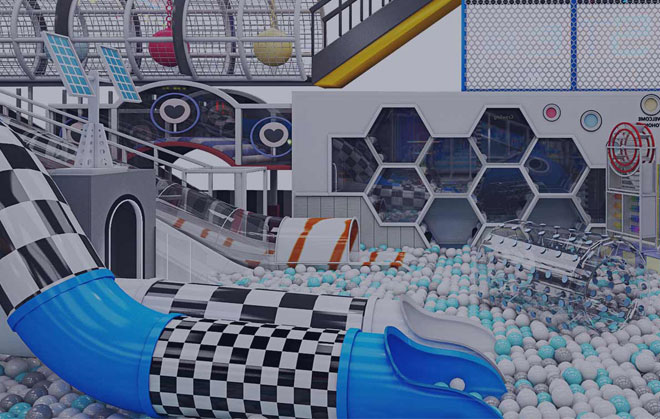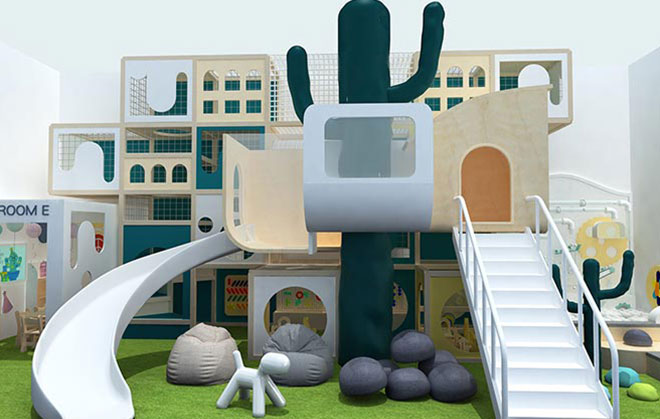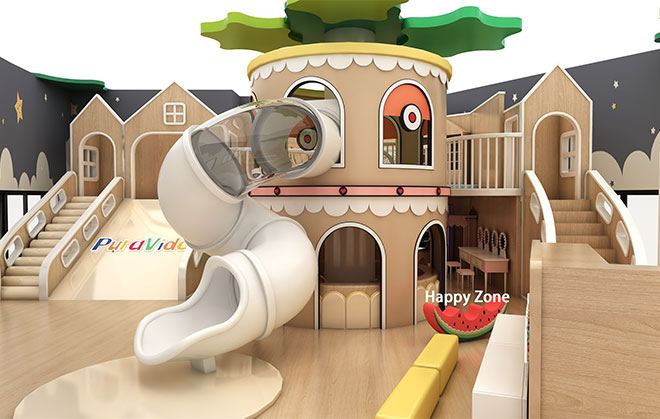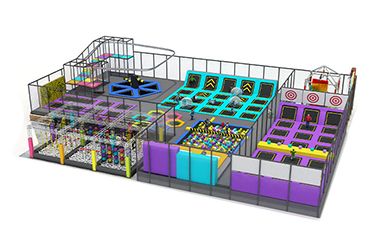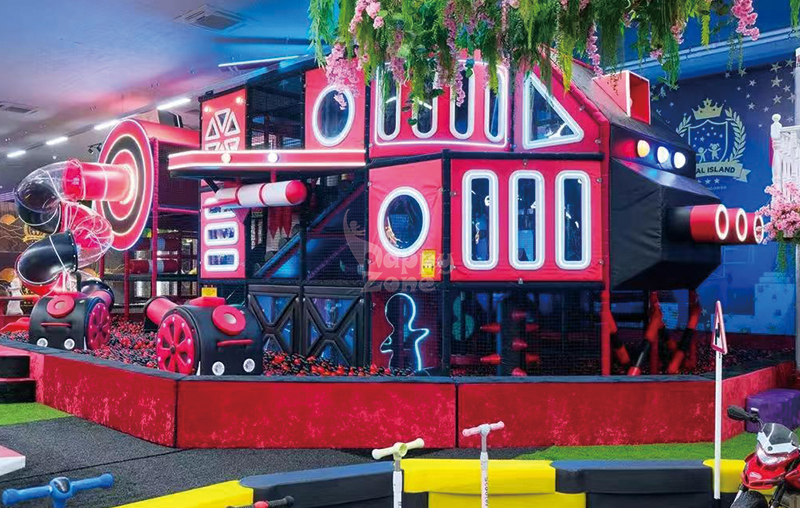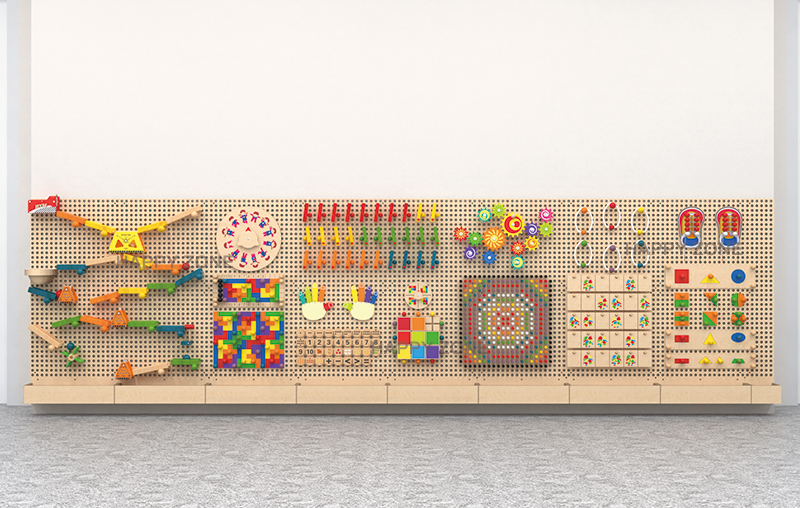Product Catalog
Many parents and caregivers face a common question when picking a play space for kids: should they choose wooden or plastic? Both options have unique strengths, and the right choice depends on how and where the playhouse will be used. Let’s break down the key factors to help you decide.
Wooden Kids Role Play House: Key Advantages
Wooden designs stand out for durability and natural charm, making them a top pick for specific scenarios:
1.Long-lasting for indoor and covered outdoor use
Wooden playhouses use sturdy materials like FSC-certified wood, which holds up well to regular play. They’re ideal if you want a piece that stays in good shape for years—perfect for gardens with a sheltered area or permanent indoor play corners.
2.Safe, child-friendly construction
Wooden models feature smooth, rounded edges (no sharp spots to risk scrapes) and non-toxic finishes. This aligns with safety priorities, especially for younger kids who spend lots of time touching and exploring the playhouse.
3.Encourages creative customization
Wooden surfaces let kids add personal touches—like drawing or decorating—without damaging the structure. Plus, the natural texture of wood adds a warm, inviting feel that helps kids feel more connected to their play space. This turns the playhouse into a flexible space that grows with their interests, from a “forest cottage” to a “space station.”
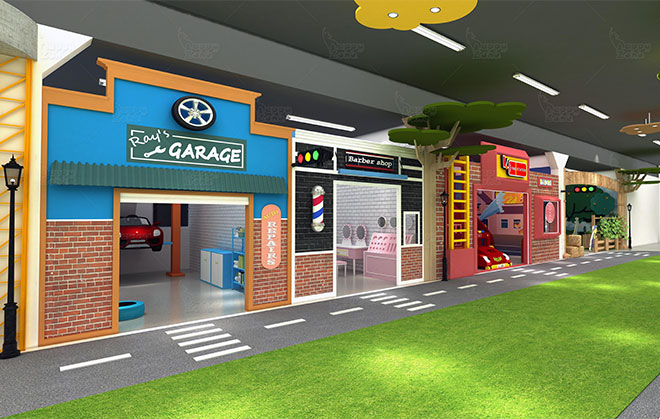
Plastic Kids Role Play House: Key Advantages
Plastic playhouses shine for practicality and versatility, especially for busy families or outdoor use:
1.Weather-resistant for open outdoor spaces
Plastic stands up to rain, sun, and humidity without warping or rotting. If you plan to keep the playhouse in an uncovered yard or patio, plastic is the more low-maintenance choice—no need for regular sealing or upkeep.
2.Easy to clean and maintain
Spills, mud, or sticky fingerprints wipe off plastic quickly with a damp cloth. Many plastic options also resist stains from juice or paint, keeping the playhouse fresh with minimal effort. This saves time, which is a big plus for parents juggling daily routines or for use in spaces like daycares with frequent cleaning needs.
3.Lightweight and portable
Plastic playhouses are lighter than wooden ones, so you can move them easily—whether rearranging the backyard or storing them away during winter. This flexibility works well for small spaces or families who like to switch up play areas.
Conclusion
Go wooden if: You want a durable, customizable playhouse for indoor use or a sheltered outdoor spot, and prioritize natural materials.
Go plastic if: You need a weatherproof, easy-to-clean option for open outdoor spaces or want the flexibility to move the playhouse around.
No matter which material you prefer, the goal is to find a play space that keeps kids safe while sparking their imagination. To see our range of carefully designed options—from sturdy wooden styles to practical plastic ones—visit Happy Zone’s product page. There, you’ll find choices that fit different spaces, budgets, and your child’s unique play style.









